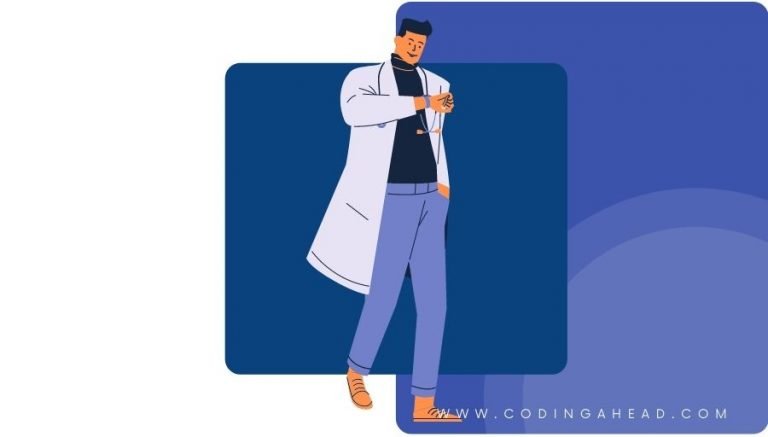How To Use CPT Code 31830
CPT 31830 describes the procedure for the revision of a tracheostomy scar. This article will cover the description, official details, procedure, qualifying circumstances, appropriate usage, documentation requirements, billing guidelines, historical information and billing examples.
1. What is CPT Code 31830?
CPT 31830 involves the removal of scar tissue that has formed around a tracheostomy site. This procedure is performed to alleviate pain and restore normal swallowing function for the patient. The provider excises the hypertrophic scar and undermines the surrounding skin before closing the wound.
2. Official Description
The official description of CPT code 31830 is the “excision of hypertrophic scar tissue at tracheostomy site.” This code is used when the provider removes excessive scar tissue that is causing discomfort and interfering with normal swallowing.
3. Procedure
- The patient is appropriately prepped and anesthetized for the procedure.
- The provider excises the hypertrophic scar tissue that has formed around the tracheostomy site.
- The surrounding skin is undermined to ensure proper closure.
- The wound is then closed using appropriate sutures or other closure techniques.
4. Qualifying circumstances
CPT 31830 is performed when a patient has a tracheostomy scar that is causing pain and interfering with normal swallowing. The scar tissue must be hypertrophic, indicating excessive growth. The procedure is typically performed by a qualified healthcare professional who has the necessary training and expertise in tracheostomy scar revision.
5. When to use CPT code 31830
CPT code 31830 should be used when a patient presents with a tracheostomy scar that is causing pain and interfering with normal swallowing. It is important to ensure that the scar tissue is hypertrophic and requires surgical intervention. This code should not be used for other types of scar revision procedures or for scars in different locations.
6. Documentation requirements
To support a claim for CPT 31830, the healthcare professional must document the following information:
- Patient’s diagnosis and the need for scar revision
- Details of the procedure performed, including the excision of scar tissue and closure technique used
- Date of the procedure
- Any complications or additional procedures performed
- Signature of the healthcare professional performing the procedure
7. Billing guidelines
When billing for CPT 31830, ensure that the procedure meets the qualifying circumstances and is performed by a qualified healthcare professional. It is important to use the appropriate CPT code for scar revision at a tracheostomy site. Report any additional procedures or complications separately, if applicable.
8. Historical information
CPT code 31830 was added to the Current Procedural Terminology system on January 1, 1990. There have been no updates or changes to the code since its addition.
9. Examples
- A patient presents with a hypertrophic tracheostomy scar that is causing pain and difficulty swallowing. The provider performs CPT 31830 to excise the scar tissue and improve the patient’s symptoms.
- After a tracheostomy, a patient develops excessive scar tissue that is interfering with normal swallowing. The healthcare professional performs CPT 31830 to remove the scar tissue and restore proper function.
- A patient undergoes a tracheostomy procedure and subsequently develops a hypertrophic scar. The provider performs CPT 31830 to revise the scar and alleviate the patient’s discomfort.
- Following a tracheostomy, a patient experiences pain and difficulty swallowing due to hypertrophic scar tissue. The healthcare professional performs CPT 31830 to remove the scar tissue and improve the patient’s quality of life.
- A patient with a tracheostomy scar presents with pain and impaired swallowing. The provider performs CPT 31830 to excise the scar tissue and alleviate the patient’s symptoms.
- After a tracheostomy, a patient develops excessive scar tissue that is causing discomfort and difficulty swallowing. The healthcare professional performs CPT 31830 to remove the scar tissue and restore normal function.
- A patient undergoes a tracheostomy procedure and subsequently develops a hypertrophic scar. The provider performs CPT 31830 to revise the scar and improve the patient’s overall well-being.
- Following a tracheostomy, a patient experiences pain and impaired swallowing due to hypertrophic scar tissue. The healthcare professional performs CPT 31830 to remove the scar tissue and enhance the patient’s quality of life.
- A patient with a tracheostomy scar presents with pain and difficulty swallowing. The provider performs CPT 31830 to excise the scar tissue and alleviate the patient’s symptoms.
- After a tracheostomy, a patient develops excessive scar tissue that is causing discomfort and impaired swallowing. The healthcare professional performs CPT 31830 to remove the scar tissue and restore normal function.



